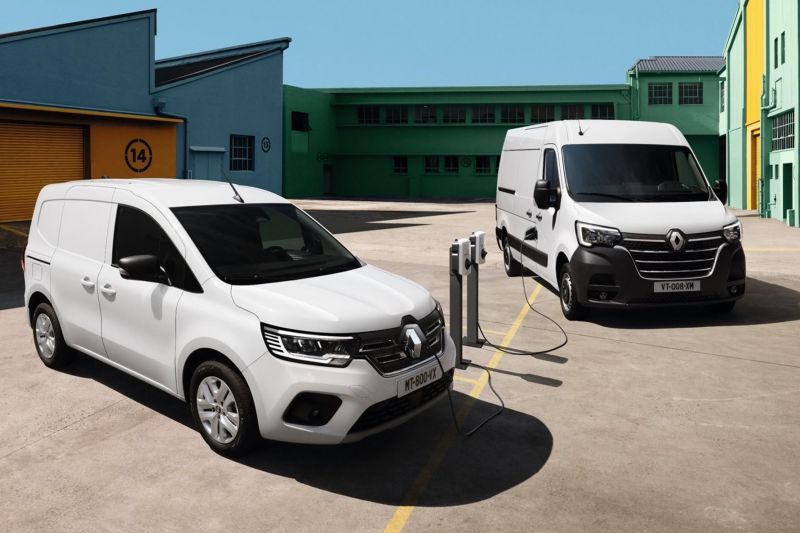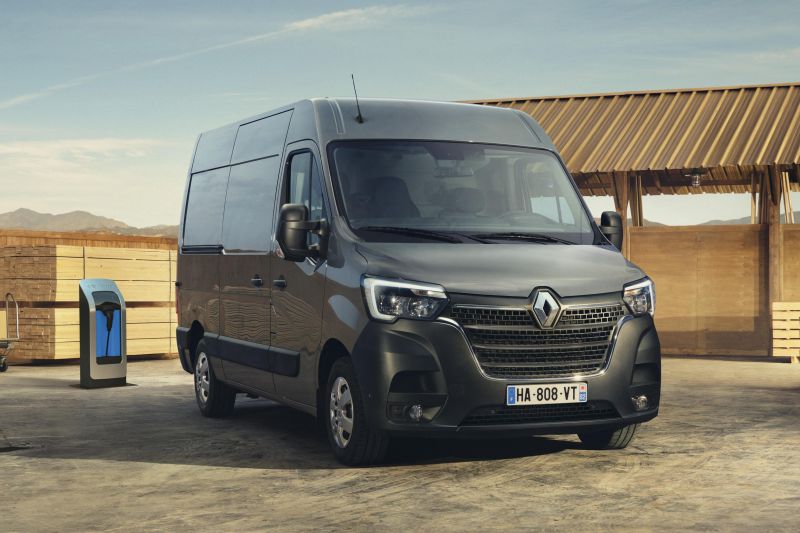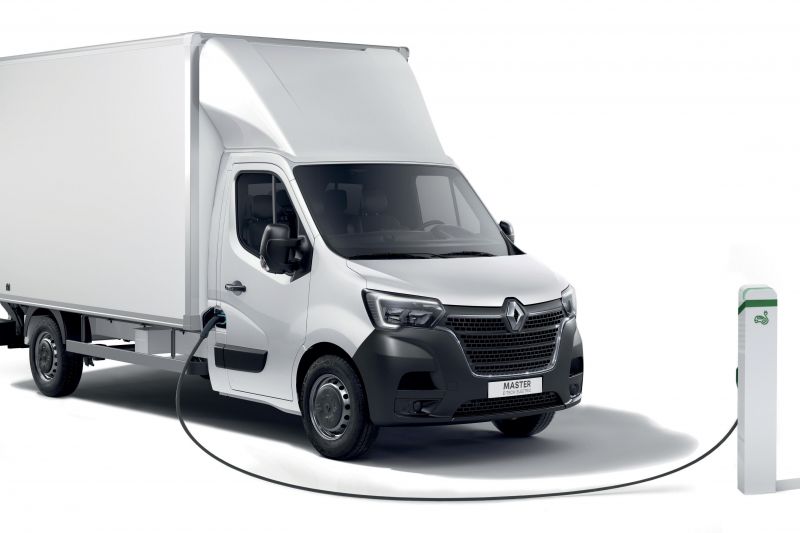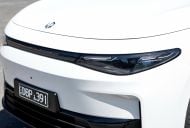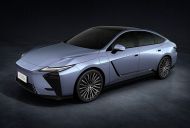Renault Australia says it will expand its range of electric vans by bringing the updated Master E-Tech EV here, with an expected arrival during 2024.
The French EV’s impending arrival will be music to the ears of fleet companies and owner-operators that have been crying out for zero-emission freight options in Australia – to no avail.
The big electric load-lugger will join the smaller Kangoo E-Tech which itself is set to hit Australian shores in early 2023.
The revised Master E-Tech gets a new 52kWh battery allowing a driving range of 200km – not huge, but sufficient for general “last mile’ freight duties and the like.
By contrast, the previous Master E-Tech had a tiny 33kWh battery and 120km range.
Its battery takes five hours to reach 80 per cent charge when plugged into a 7.4kW wallbox, and 10 hours on a 3.7kW domestic socket. A 22kW DC charge can recover 50km of range in 45 minutes.
The updated Master E-Tech EV retains the familiar 57kW and 225Nm electric motor, which looks pretty weedy, but Renault insists it’s “ideal for driving on both urban and peri-urban roads with great flexibility”.
What’s unusual is that the much smaller and lighter Kangoo E-Tech has 90kW of power…
The Master E-Tech augments conventional hydraulic braking with an ‘Adaptive Regenerative Brake System’ which supposedly maximises the amount of recovered energy regardless of the selected braking “regime” (setting).
Renault is also widening the range of Master E-Tech body sizes and capabilities, making it available in 15 versions instead of the original six. The full-electric version has the same cargo space as its diesel counterpart.
Over the next few years the EV van space in Australia will grow at a relative rate of knots, with entrants to include the rival Ford E-Transit (2022) and E-Transit Custom (2024), and the Mercedes-Benz eVito and EQV (2022) and eSprinter (2024).
Volkswagen Australia also says there’s already high demand for its electric vans here – including the retro-cool ID. Buzz people-mover and ID. Buzz Cargo work spinoff – but don’t expect to see them until late 2024 at the earliest.





